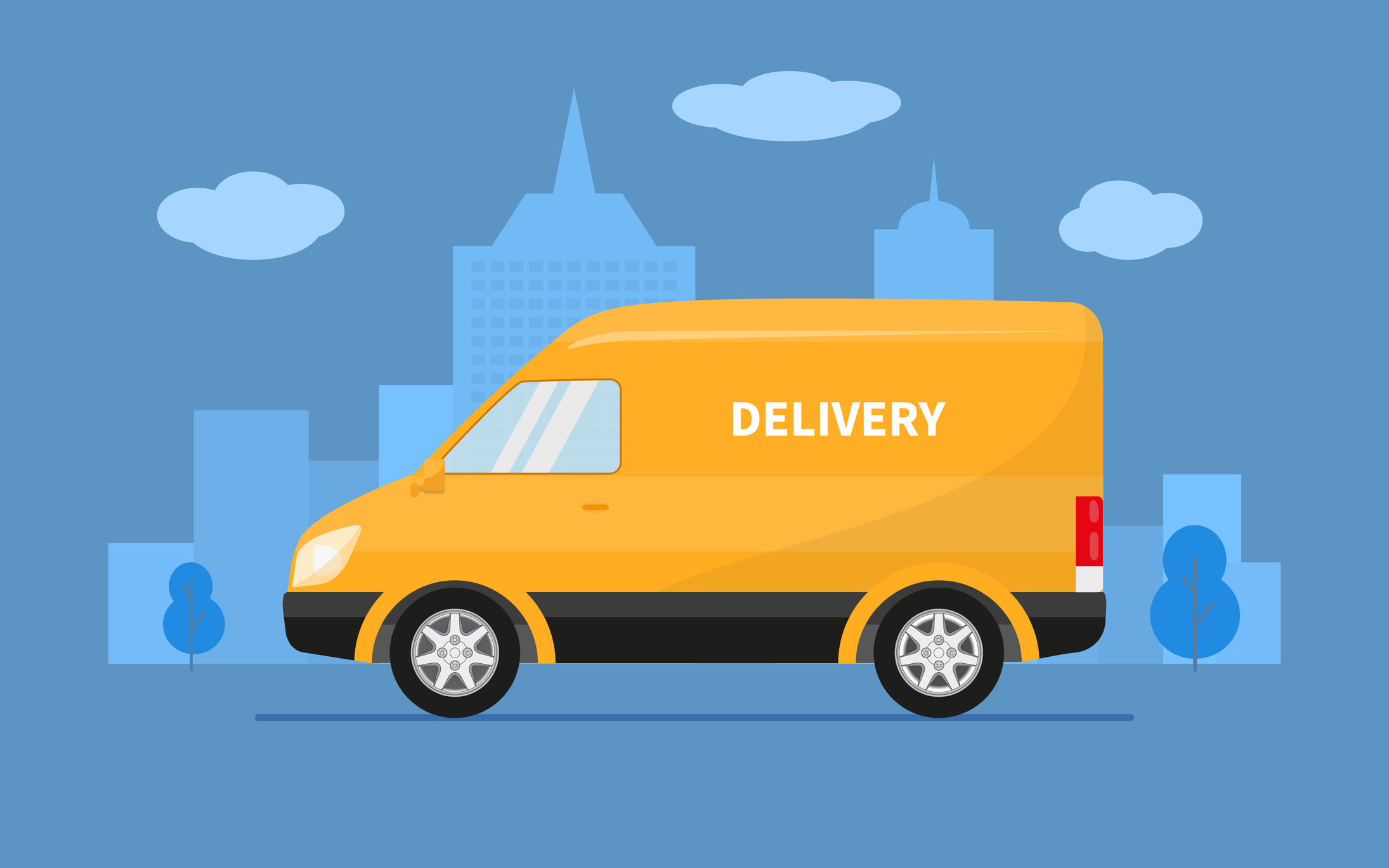The Top 3 Auto Liability Trends of 2023
Driving activity has rebounded to surpass pre-pandemic levels, significantly impacting accident frequency and severity. Organizations bracing for rate changes should be aware of what issues may be affecting their terms and limits.
January 27, 2023

Commercial auto claim costs have been fighting an uphill battle. Carriers have adapted by keeping a watchful eye on coverage in the market due to changing exposures, adjusting terms as a result. Some of the most impactful auto liability trends affecting claims costs may not be avoidable, but ensuring the best drivers are behind the wheel can prevent claims from occurring in the first place.
“Distracted driving is everywhere, between the behaviors of pedestrians and drivers on both handheld devices and technology within vehicles,” said Rich Magold, Commercial Auto Product Manager at Safety National. “Technology, like automatic emergency braking, has prevented rear-end collisions and reduced accident damage, saving lives in the process. However, these are not autonomous vehicles, and organizations with the capability to analyze driver behaviors should be monitoring that data regularly, providing feedback and training where necessary.”
Expect these issues to impact the auto liability market in 2023 and beyond.
1. Nuclear Verdicts
The number of record-breaking jury awards coming from recent auto liability cases only continues to grow with a rise in corporate mistrust, litigation funding, and new defense strategies. The commercial auto industry is attempting to curb these verdicts through lobbying for award caps, regulation, and limits on litigation funding, but progress has been slow and limited. When third-party funding is at play, exposing that factor to a jury can create transparency, making the overall verdict a more reasonable figure.
With damaging consequences for organizations and raised costs for insureds, the industry is trying to outpace losses with premium increases and tighter terms, but reigning it in has proved extremely difficult. Companies have sought to reduce coverage to mitigate premium costs and stretch their funds, but being underinsured when it is most needed is a considerably more dangerous option.
2. Vehicle Repairs & Limited Rental Availability
Vehicle mechanics are among one of the many professions experiencing staffing issues. This equates to longer repair timelines and increased labor costs, particularly when considering the amount of technical expertise required of these roles. The prices of auto parts have also increased, and supply chain issues further drive the difficult nature of obtaining them. Supply chain disruptions have begun to alleviate in some areas, but worldwide inconsistencies are still creating challenges for the commercial auto market.
The advancements in vehicle technology have led to many benefits, like providing better insight and early warnings into necessary repairs. However, with more technology comes more expensive pieces to repair. The shortage of rental vehicles also means that those looking to get back on the road throughout scheduled maintenance or repairs, likely cannot. Some businesses have abandoned much of their sales fleet, opting instead for using employee-owned vehicles. This option comes with a new set of issues, though, like determining whether vehicles are in proper condition and defining personal versus business use.
3. Medical Inflation
The medical cost of treating injury severity has been steadily increasing as the rise in medical technology is extending life expectancy. While this has proven extremely beneficial in helping patients survive accidents, the associated costs of long-term care, advanced surgeries, and home health have driven a sharp increase in claims costs.
Organizations may not be able to combat the effects of medical inflation, but accident mitigation and a strong safety culture can keep claims at bay. Telematics can reduce accidents, curb distracted driving, and provide useful feedback on driver behaviors in conjunction with training. After-market products like on-board cameras, phone applications, and dongles can all be added to existing fleets.

























